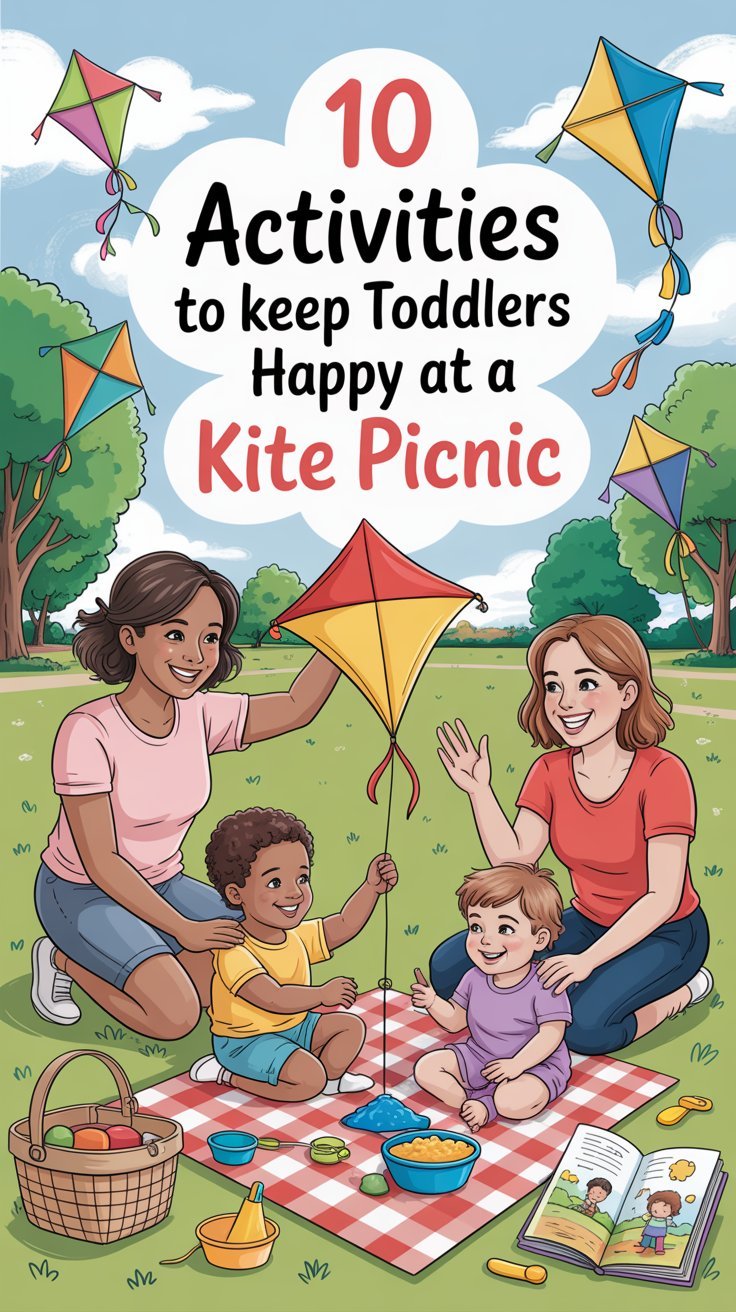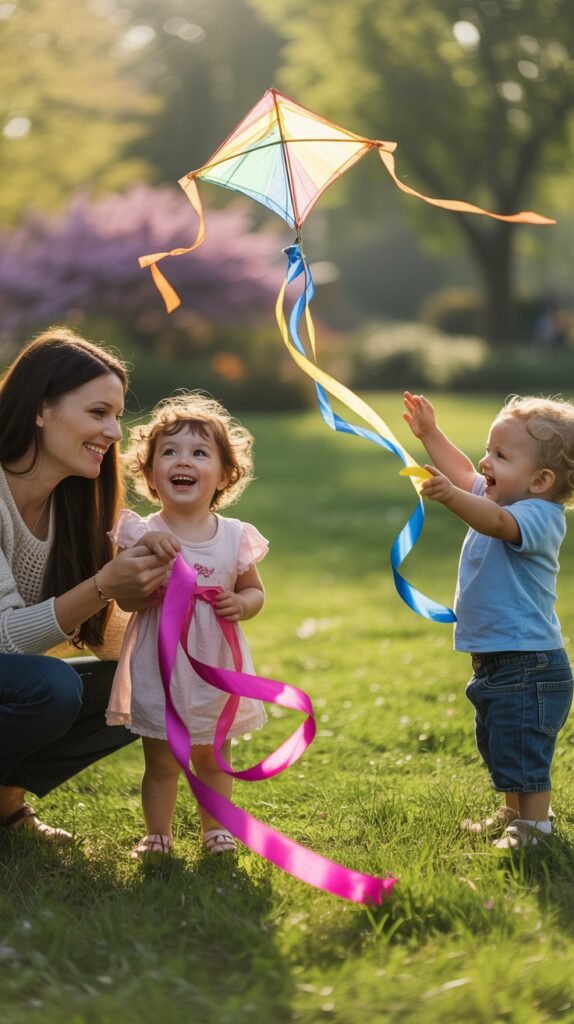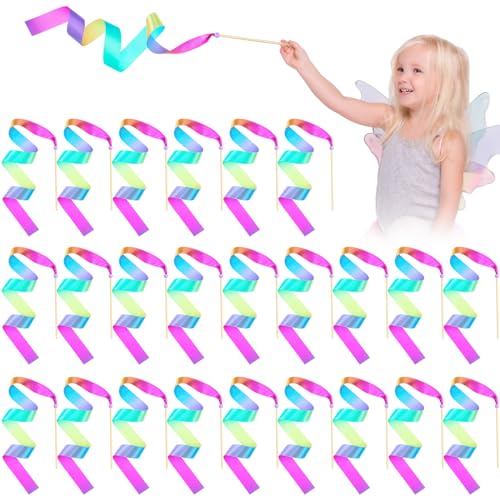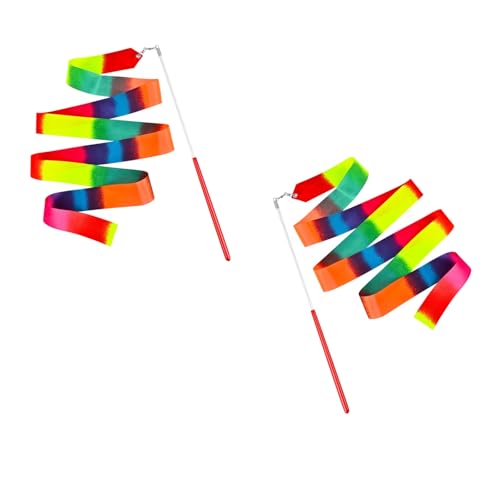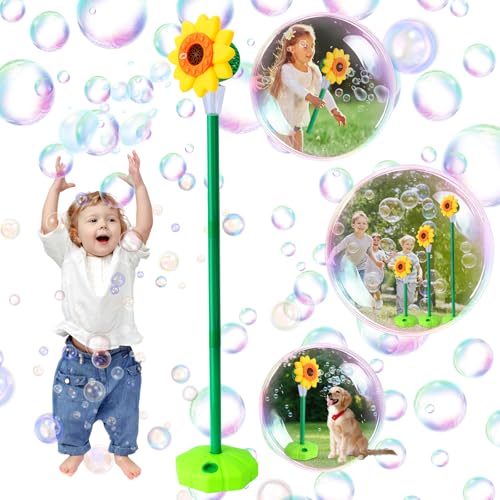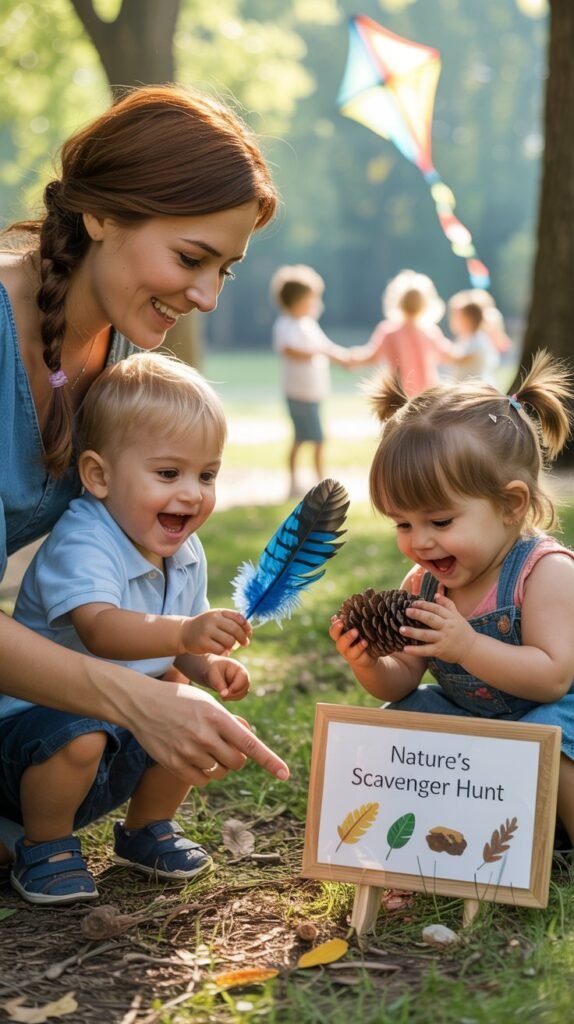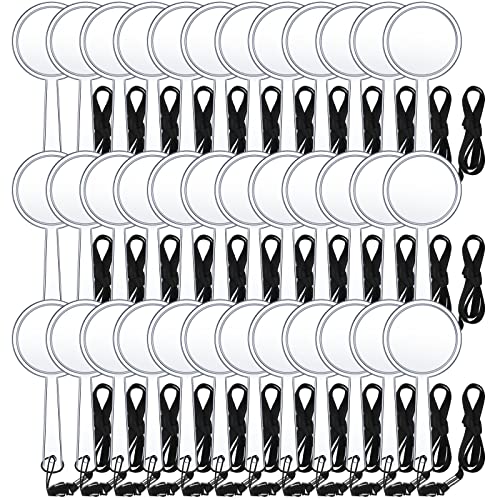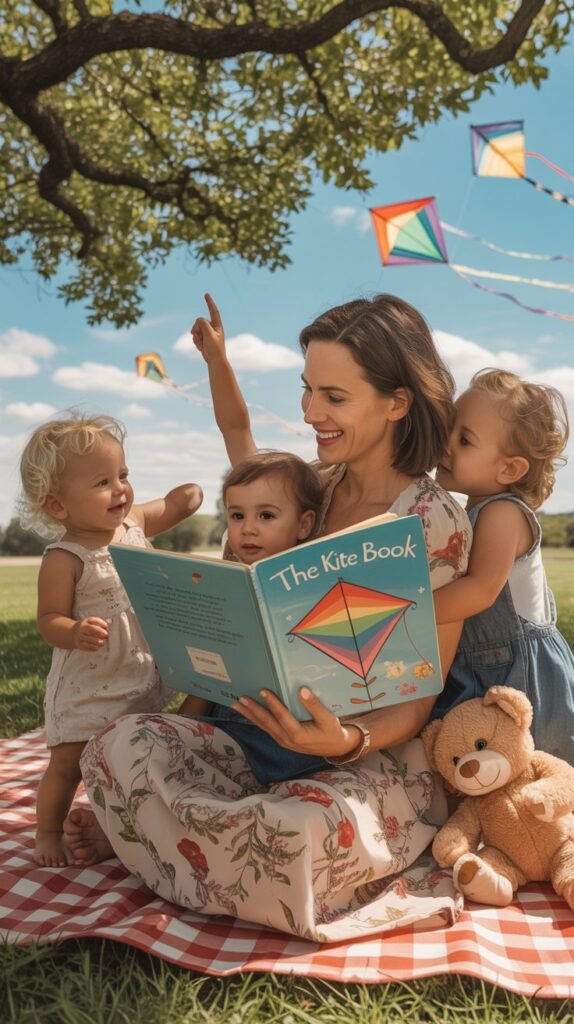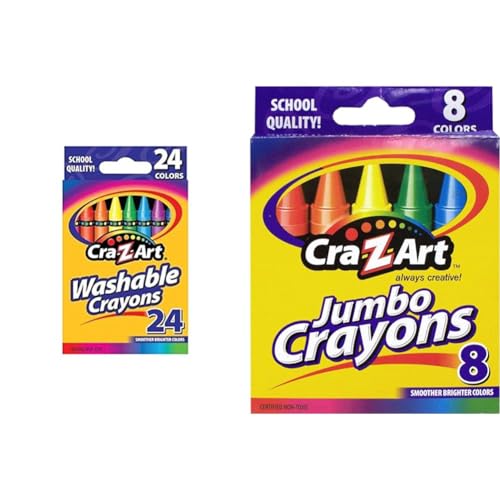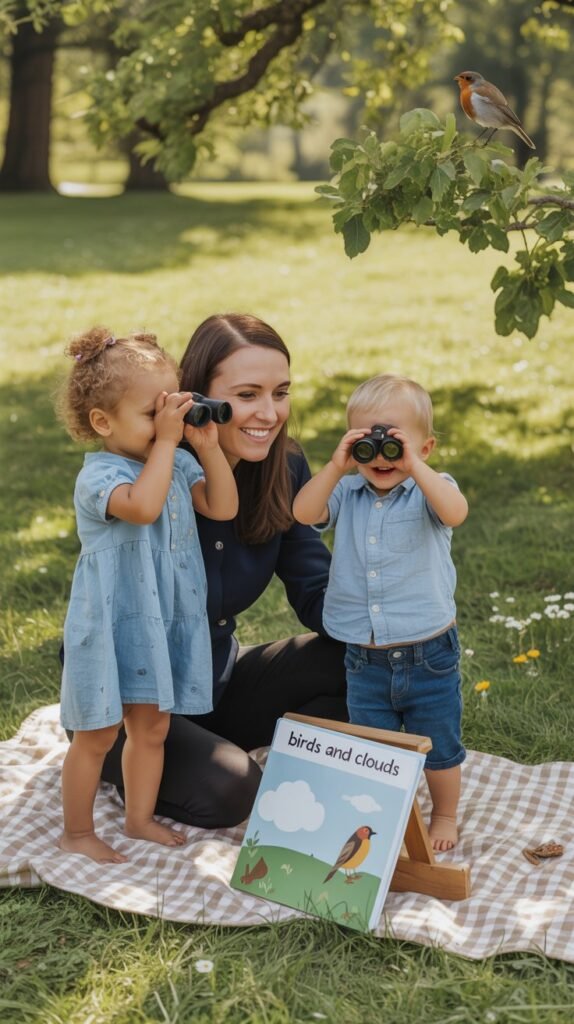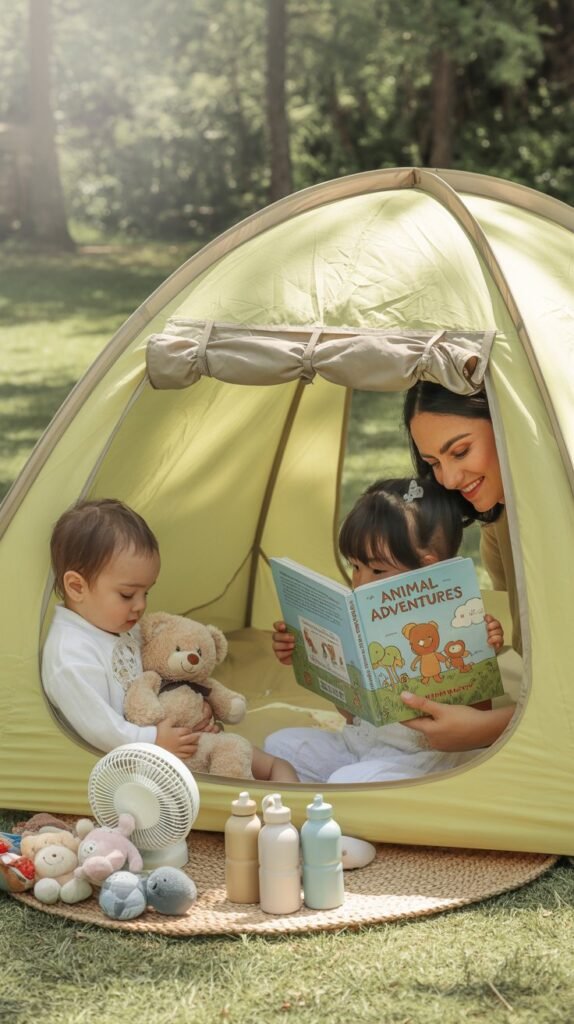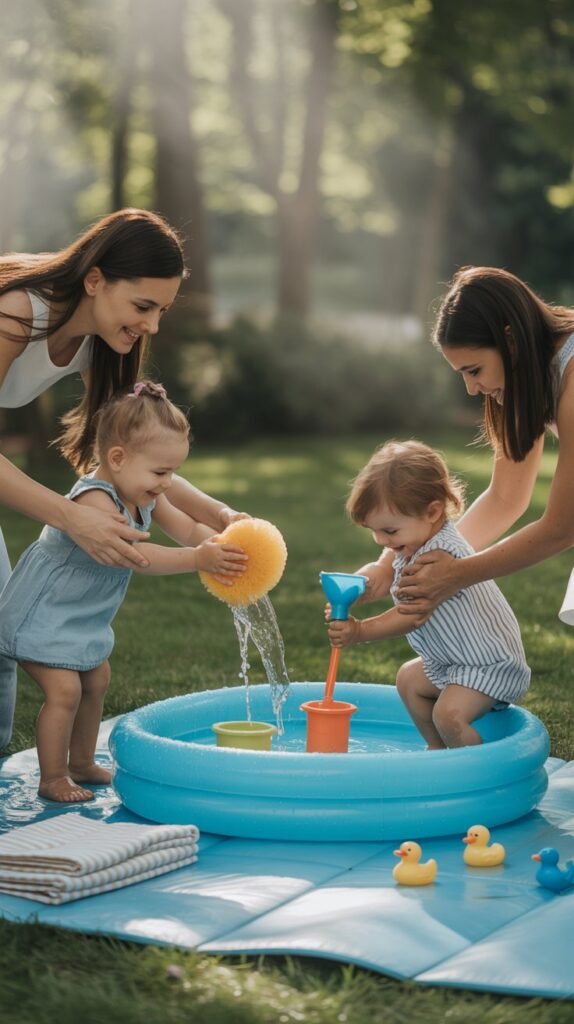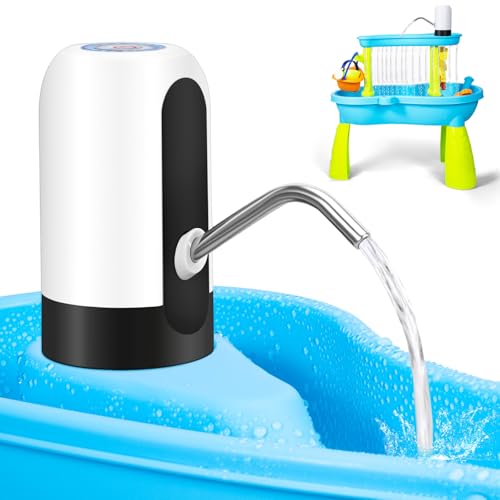Combining the magic of kite flying with a family picnic creates a wonderful outdoor experience—but keeping toddlers engaged and happy throughout the day requires thoughtful planning. Little ones may not have the patience or coordination for extended kite flying, but with the right mix of activities, they can fully enjoy the adventure alongside older family members!
These ten toddler-friendly activities are specially designed to work within the kite picnic setting, providing age-appropriate engagement that complements the main event while preventing the meltdowns and boredom that can often cut family outings short. Let’s explore how to keep your smallest adventurers delighted from blanket setup to pack-up time!
1. Ribbon Wand Mini-Kites
Introduce your toddler to the joy of things flying in the wind with developmentally appropriate “mini-kites” that provide immediate satisfaction without frustration. Ribbon wands create a magical connection to the bigger kites while being completely manageable for little hands.
What makes this activity toddler-perfect:
- Immediate Success: Unlike traditional kites, ribbon wands respond instantly to even the smallest movement
- Coordination Matching: Requires only basic motor skills your toddler already possesses
- Independent Play Potential: After basic introduction, many toddlers can enjoy this with minimal assistance
- Sensory Richness: Combines visual stimulation with physical movement and tactile feedback
- Parallel Experience: Creates the feeling of participating in the same activity as older family members
To maximize enjoyment:
- Demonstrate simple circular and figure-eight motions that create the most dramatic ribbon effects
- Encourage toddlers to “dance” with their ribbons, adding a musical element by singing or playing music
- Point out how their ribbons move in the same wind that’s carrying the bigger kites
- Take photos of your toddler with their ribbons alongside family members with full-sized kites
- Keep extra ribbon wands available, as they often become instant favorites that toddlers don’t want to put down
This activity provides the perfect middle ground between observer and participant for toddlers at kite picnics, allowing them to experience the fundamental joy of wind play without the technical challenges of actual kite flying.
2. Sensory Cloud Dough Play
AMAZON PRODUCT PROMPT: PORTABLE OUTDOOR SENSORY PLAY SYSTEM – THIS MESS-CONTAINED DEVELOPMENT KIT FEATURES MOLDABLE CLOUD DOUGH IN FOUR SCENT-FREE COLORS, COLLAPSIBLE SILICONE PLAY TRAY WITH RAISED EDGES TO PREVENT SPILLAGE, MINIATURE ROLLING PINS AND SHAPE CUTTERS SIZED FOR TODDLER HANDS, REUSABLE WET WIPES FOR EASY CLEANUP, BREATHABLE STORAGE CONTAINERS THAT MAINTAIN PROPER TEXTURE, AND MACHINE-WASHABLE PLAY MAT THAT DOUBLES AS A STORAGE BAG.
While older family members fly kites, engage your toddler’s senses with cloud dough—a moldable, squishable sensory material that’s perfect for outdoor play. This activity capitalizes on toddlers’ natural desire to touch, explore and create while keeping them happily occupied in one spot.
Why cloud dough works brilliantly for picnic outings:
- Wind Resistance: Unlike sand or loose materials, quality cloud dough stays put even in the breezy conditions ideal for kite flying
- Variable Duration: Can entertain for either quick 10-minute sessions or extended 30+ minute deep play
- Development Benefits: Strengthens fine motor skills and sensory processing while stimulating creativity
- Defined Play Space: Naturally keeps toddlers within a designated area on the picnic blanket
- Multi-Age Appeal: Can engage older siblings during breaks from kite flying
For picnic-perfect implementation:
- Pack cloud dough in airtight containers and bring a dedicated blanket or tray for contained play
- Include simple tools like cookie cutters, plastic knives, and small rolling pins
- Create a “cloud dough theme” by encouraging toddlers to make shapes related to the day (sun, clouds, birds)
- Establish clear boundaries about where the dough stays (on the play mat only)
- Bring extra wet wipes for quick hand cleaning before eating
The meditative quality of sensory play often creates a calming effect on toddlers, making this activity perfect for when they need to reset after excitement or before transitional moments in your picnic day.
3. Bubble Catching Games
AMAZON PRODUCT PROMPT: TODDLER-SAFE BUBBLE ADVENTURE KIT – THIS NO-SPILL BUBBLE SYSTEM INCLUDES AUTOMATIC BUBBLE MACHINES WITH STABLE BASES THAT PREVENT TIPPING, GIANT BUBBLE WANDS WITH CATCH-TRAYS TO REDUCE SOLUTION WASTE, NON-TOXIC HYPOALLERGENIC BUBBLE SOLUTION THAT WIPES CLEAN EASILY, BUBBLE-CATCHING MITTS SIZED FOR TODDLER HANDS, AND BUBBLE PROCESSING TOYS THAT CREATE STREAMS, TORNADOES AND CASCADES, ALL IN A SPLASH-PROOF CARRYING CASE.
Bubbles create magical moments that perfectly complement the whimsy of kite flying while offering toddlers an activity that matches their developmental capabilities. The joy of bubbles floating on the same breeze that carries kites creates a connected experience that toddlers can fully participate in.
What makes bubbles ideal for kite picnics:
- Wind Integration: Uses the same breeze that flies kites, connecting the experiences
- Physical Activity Outlet: Encourages running, jumping, and movement in defined bursts
- Visual Tracking Practice: Helps develop the same skills eventually needed for kite flying
- Cause-Effect Learning: Provides immediate feedback as toddlers interact with bubbles
- Breath Control Development: Teaches early skills for those interested in blowing bubbles themselves
To create maximum engagement:
- Bring multiple bubble solutions and wand types to extend interest
- Create simple games like “catch the bubble before it touches the ground”
- Point out how bubbles float on the wind just like the kites
- Take bubble breaks between other activities as attention refreshers
- Consider bubble machines for continuous play that doesn’t require constant adult attention
For toddlers who may feel left out of the main kite flying, bubbles provide their own kind of “things flying in the air” magic that’s perfectly matched to their abilities while building skills they’ll use later for actual kite flying.
4. Nature Treasure Hunt
Transform the area around your picnic blanket into an expedition zone with a simplified nature hunt specially designed for toddler capabilities. This activity encourages exploration and observation while keeping little ones engaged in the outdoor setting.
Why nature hunts work wonderfully for toddlers:
- Movement with Purpose: Channels toddler energy into directed activity
- Adaptable Challenge Level: Can be simplified or expanded based on age and interest
- Connection to Environment: Builds awareness of and appreciation for the natural setting
- Cognitive Development: Enhances categorization, matching, and observation skills
- Conversation Generator: Creates natural opportunities for language development
For toddler-appropriate implementation:
- Create a simple picture-based “treasure map” with 4-6 items to find (leaf, rock, stick, flower)
- Establish clear boundaries for how far they can search from the picnic blanket
- Provide collection containers that toddlers can easily carry
- Include magnifying glasses for added engagement and importance
- Allow for “creative interpretations” of what matches each treasure category
This activity can be extended by bringing along identification cards for common items or creating simple art projects with collected treasures. The hunt can also be repeated throughout the day with new categories or areas to explore as toddlers notice different aspects of the environment.
5. Kite-Themed Storytime
Create a magical break in the action with stories that connect to your kite-flying adventure. A thoughtfully timed storytime provides the perfect recovery period for toddlers needing sensory downtime while reinforcing the special nature of the day’s activities.
What makes storytime particularly effective:
- Natural Transition Activity: Helps calm toddlers between more active play periods
- Attention Refocusing: Resets overtired or overstimulated little ones
- Thematic Connection: Reinforces the special nature of kite picnics through related stories
- Cognitive Rest Period: Offers physical relaxation while maintaining mental engagement
- Special Connection Opportunity: Creates intimate moments amid the larger group activity
For picnic-perfect storytime:
- Pack 3-4 kite-themed or outdoor adventure picture books
- Create a special “storytime spot” with extra cushioning and potential shade
- Include toddlers’ favorite comfort items (lovies, blankets) to enhance the cozy experience
- Time readings for natural transition moments or when energy flags
- Keep sessions short (5-10 minutes) and animated with different voices and interactive questions
Consider stories that feature picnics, wind, flying things, or outdoor adventures to maintain thematic connection. Books with search-and-find elements can be particularly engaging in the outdoor setting, as children can look up from the pages to find similar items in their real environment.
6. Wind-Powered Art
Harness the same wind that flies your kites to create unique art experiences perfectly suited for toddler capabilities. This activity transforms the sometimes challenging windy conditions into a creative advantage while producing keepsake mementos of your special day.
Why wind-powered art engages toddlers:
- Process-Focused Creativity: Emphasizes experience over perfect finished products
- Natural Force Discovery: Introduces concepts of wind power and movement
- Fine Motor Development: Strengthens hand control and coordination
- Sensory Integration: Combines visual, tactile, and kinesthetic experiences
- Scientific Concepts Introduction: Presents cause and effect relationships through artistic play
For successful implementation:
- Create “wind catchers” by attaching streamers or ribbons to paper plates for toddlers to decorate and observe
- Use clipboards or tape to secure paper for drawing or painting in breezy conditions
- Try “wind painting” by dangling string dipped in paint and letting the breeze create swirling patterns
- Make nature collages on contact paper, letting the wind help deliver small leaves and petals
- Create simple pinwheels that toddlers can decorate before assembly
The resulting artwork provides perfect souvenirs of your kite picnic day and can be displayed at home as reminders of your special outdoor adventure. Consider taking photos of your toddler with their wind-created art alongside the kites that inspired it.
7. Musical Movement Parade
Transform restless energy into joyful expression with impromptu music and movement activities that get toddlers marching, dancing, and playing in time with the rhythm of the day. This activity provides perfect energy release while creating festive atmosphere for the entire picnic.
What makes musical movement ideal for kite picnics:
- Energy Regulation: Helps toddlers discharge physical energy in a structured way
- Mood Enhancement: Creates positive emotional atmosphere during potential waiting periods
- Gross Motor Development: Strengthens large muscle coordination and body awareness
- Social Bonding: Encourages interaction between toddlers and across age groups
- Transition Facilitation: Helps move between different parts of your picnic day
For picnic-perfect implementation:
- Create simple instruments using sealed containers with rice or beans as shakers
- Bring scarves or ribbons that can be used for dancing in the breeze
- Prepare a playlist of toddler-friendly songs about wind, flying, or outdoor themes
- Establish a “parade route” that circles your picnic area without going too far
- Incorporate stops in the parade to observe kites or other points of interest
Consider creating a special “kite dance” with movements that mimic the kites swooping and soaring. This activity works particularly well when transitioning between other activities or when toddlers need structured movement after periods of sitting still.
8. Binocular Nature Watching
Transform your toddler into a junior naturalist with specially designed observation tools that make watching kites, clouds, birds, and other sky elements an engaging focused activity. This quiet pursuit provides valuable downtime while maintaining connection to the main kite-flying theme.
Why observation activities engage toddlers:
- Focus Development: Encourages sustained attention on distant objects
- Vocabulary Building: Creates opportunities to introduce new descriptive words
- Visual Tracking Practice: Strengthens the same skills needed later for kite flying
- Wonder Cultivation: Promotes curiosity and interest in the natural world
- Quiet Engagement: Provides restful activity that doesn’t require high energy
For successful implementation:
- Provide toddler-friendly binoculars with breakaway safety straps
- Create simple observation cards with pictures of things to find (birds, clouds, trees)
- Set up a special “watching spot” with comfortable seating and good visibility
- Take turns describing what you see to build language skills
- Alternate between watching kites and finding natural elements
This activity naturally pairs with quiet snack times or when toddlers need physical rest but remain mentally alert. The specialized focus creates a feeling of importance and purpose for toddlers who might otherwise feel excluded from the “big kid” activities of actual kite flying.
9. Comfort Corner Setup
Create a dedicated space where overstimulated toddlers can retreat when the excitement of the day becomes overwhelming. This proactive approach prevents meltdowns and extends your picnic’s duration by providing essential sensory breaks in a comfortable environment.
Why comfort corners are essential for successful outings:
- Overstimulation Prevention: Provides escape from excessive sensory input
- Independent Regulation Opportunity: Teaches toddlers to recognize and address their own needs
- Secure Base Creation: Establishes feeling of safety in the otherwise open environment
- Nap Facilitation: Creates appropriate conditions for mid-picnic rest periods
- Emotional Reset Capability: Offers space for processing big feelings away from group activity
For effective implementation:
- Position the comfort corner at the edge of your picnic area, partially sheltered if possible
- Include familiar comfort objects from home (special blanket, stuffed animal)
- Create visual barriers that reduce stimulation while maintaining supervision ability
- Stock with quiet activities like books or soft puzzles
- Establish the space immediately upon arrival so toddlers know it’s available
Introduce the comfort corner as a special place rather than a punishment, encouraging toddlers to recognize when they need a break. Regular preventative visits often prevent the need for longer meltdown recovery times, making this proactive approach valuable for the entire group’s enjoyment.
10. Water Play Station
Provide refreshing sensory play that perfectly complements outdoor picnic adventures, especially on warmer days. Water play creates an irresistible attraction for toddlers while offering cooling relief and multisensory engagement that can extend picnic enjoyment significantly.
Why water play works magnificently for kite picnics:
- Temperature Regulation: Helps toddlers stay comfortable in warm weather
- Sensory-Rich Experience: Provides engaging tactile stimulation
- Flexible Duration Activity: Can entertain from brief 10-minute sessions to extended play
- Adaptable Complexity: Scales from simple pouring to more elaborate water experiments
- Natural Transition Creator: Excellent pre-lunch hand cleaning or post-activity cool-down
For picnic-perfect implementation:
- Create a dedicated water zone on waterproof mats away from food and kite supplies
- Use shallow containers with minimal water (1-2 inches) for safety
- Bring water-specific toys like cups, funnels, sponges, and squeeze bottles
- Pack extra towels and a change of clothes for afterwards
- Position in shade when possible to prevent sun/water reflection issues
Consider adding ice cubes on very warm days for extra sensory variation or introducing water-safe color tablets for visual interest. The refreshing nature of water play often revitalizes toddlers who might otherwise become cranky from heat or extended time outdoors.
Conclusion: Creating Toddler-Friendly Kite Picnic Memories
With these ten thoughtfully prepared activities, you’ve created an environment where toddlers can thrive during family kite picnics. By acknowledging their developmental needs and incorporating appropriate engagement options, you transform what could be a challenging outing into a joyful experience for everyone involved.
The key to success lies in preparation and variety—having multiple options ready allows you to respond to your toddler’s changing energy levels, interests, and needs throughout the day. Remember that toddlers experience the world differently than older children and adults, often finding wonder in simpler activities that match their capabilities.
By integrating these toddler-specific elements alongside traditional kite flying, you’re building positive associations with outdoor family adventures that will last a lifetime. These early experiences lay the foundation for future participation as they grow into excited kite flyers themselves in the coming years.
So pack your toddler-friendly activity kit, choose a beautiful day, and head out for a kite picnic adventure that truly includes everyone—creating wonderful memories while nurturing your little one’s natural curiosity and joy in the great outdoors!

